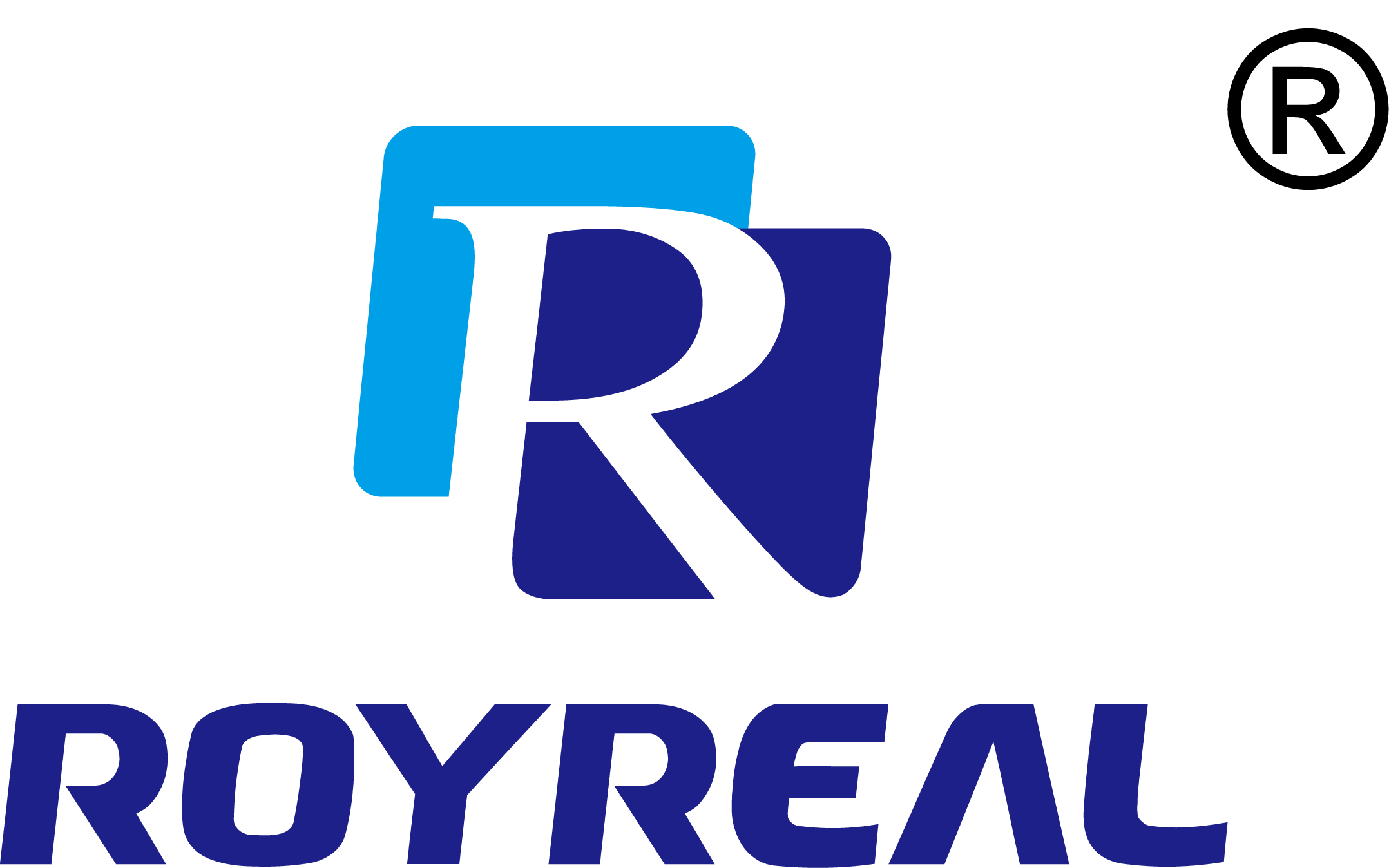A Comprehensive Guide to Wet Test Gas Flow Meters: Everything You Need to Know
Category: Industry News
Time:2024-12-09
Table of Contents:
1. Introduction: Understanding Wet Test Gas Flow Meters
2. How Wet Test Gas Flow Meters Work
3. Applications of Wet Test Gas Flow Meters
4. Benefits of Wet Test Gas Flow Meters
5. Types of Wet Test Gas Flow Meters
5.1 Thermal Mass Flow Meters
5.2 Differential Pressure Flow Meters
5.3 Ultrasonic Flow Meters
5.4 Vortex Shedding Flow Meters
5.5 Coriolis Flow Meters
5.6 Turbine Flow Meters
5.7 Others
6. Selecting the Right Wet Test Gas Flow Meter
6.1 Consider the Gas Composition
6.2 Flow Rate Range
6.3 Pressure and Temperature Conditions
6.4 Accuracy Requirements
6.5 Installation Considerations
7. Installation and Setup of Wet Test Gas Flow Meters
7.1 Positioning and Mounting
7.2 Connection and Calibration
7.3 Electrical Wiring and Power Supply
7.4 Verification and Testing
8. Maintenance of Wet Test Gas Flow Meters
8.1 Regular Cleaning and Inspection
8.2 Calibration and Recalibration
8.3 Replacing Faulty Components
8.4 Troubleshooting Common Issues
9. Frequently Asked Questions (FAQs)
9.1 What is the purpose of wet test gas flow meters?
9.2 How accurate are wet test gas flow meters?
9.3 Can wet test gas flow meters handle different gas compositions?
9.4 How often should wet test gas flow meters be calibrated?
9.5 What are the common issues faced with wet test gas flow meters?
10. Conclusion
Wet test gas flow meters are vital tools used to measure the flow rate of gas in various industries. These meters provide accurate and reliable readings, allowing for efficient gas flow management and optimization. Understanding how wet test gas flow meters work is essential for selecting the right meter and maximizing its benefits.
Wet test gas flow meters operate based on different principles depending on their type. The most commonly used types include thermal mass flow meters, differential pressure flow meters, ultrasonic flow meters, vortex shedding flow meters, coriolis flow meters, and turbine flow meters. Each type has its own unique mechanism for measuring gas flow.
Wet test gas flow meters find applications in a wide range of industries, including oil and gas, chemical processing, pharmaceuticals, power generation, HVAC, and more. These meters are used to monitor gas flow in pipelines, determine consumption rates, ensure compliance with regulations, and optimize process efficiency.
Wet test gas flow meters offer several benefits, including high accuracy, wide flow range capabilities, low pressure drop, minimal maintenance requirements, and compatibility with various gas compositions. These meters provide real-time data, enabling quick detection of abnormalities and proactive decision-making.
There are various types of wet test gas flow meters available, each with its own advantages and limitations. Thermal mass flow meters measure gas flow using the heat transfer principle, while differential pressure flow meters rely on pressure differences. Ultrasonic flow meters use sound waves, vortex shedding flow meters detect vortices, coriolis flow meters utilize the coriolis effect, and turbine flow meters measure flow using turbine rotation.
Choosing the appropriate wet test gas flow meter requires considering factors such as gas composition, flow rate range, pressure and temperature conditions, accuracy requirements, and installation considerations. Proper selection ensures optimal performance and accurate readings.
Proper installation and setup are crucial for the accurate functioning of wet test gas flow meters. This involves positioning and mounting the meter, connecting and calibrating it, ensuring proper electrical wiring and power supply, and conducting verification and testing procedures.
Regular maintenance is essential to keep wet test gas flow meters operating at their best. This includes routine cleaning and inspection, calibration and recalibration, and timely replacement of faulty components. Troubleshooting common issues is also important to minimize downtime and ensure accurate readings.
9.1 What is the purpose of wet test gas flow meters?
Wet test gas flow meters are used to measure and monitor the flow rate of gas in various industries. They help ensure accurate billing, optimize process efficiency, and maintain compliance with regulations.
9.2 How accurate are wet test gas flow meters?
Wet test gas flow meters offer high accuracy, typically within a certain percentage of the actual flow rate. The accuracy depends on the specific type and calibration of the meter.
9.3 Can wet test gas flow meters handle different gas compositions?
Yes, wet test gas flow meters are designed to handle various gas compositions. However, it is essential to consider the compatibility of the selected meter with the specific gas composition.
9.4 How often should wet test gas flow meters be calibrated?
Calibration frequency depends on the industry and application. It is generally recommended to calibrate wet test gas flow meters annually or according to manufacturer guidelines.
9.5 What are the common issues faced with wet test gas flow meters?
Common issues include sensor fouling, clogging, leakage, electrical problems, and inaccurate readings. Regular maintenance and troubleshooting can help prevent and address these issues.
In conclusion, wet test gas flow meters are crucial instruments for accurate gas flow measurement and management. Understanding their working principles, applications, benefits, and maintenance requirements is vital for selecting the right meter and optimizing its use. By following proper installation, calibration, and maintenance procedures, you can ensure reliable and accurate readings from wet test gas flow meters in your industry.
Keywords:
 EN
EN RU
RU SP
SP
